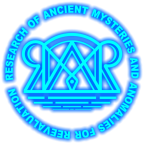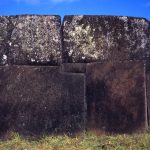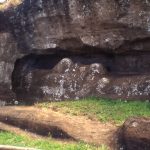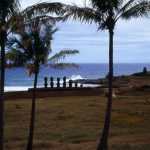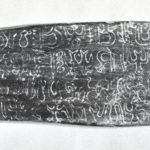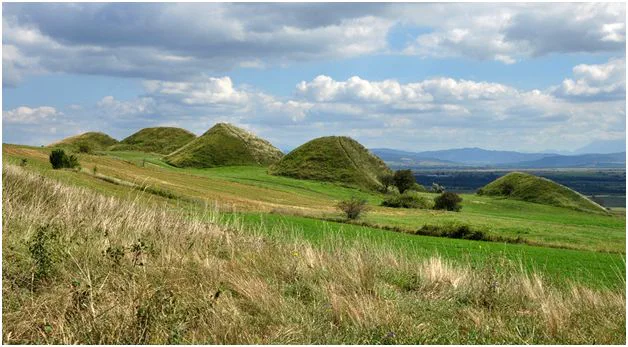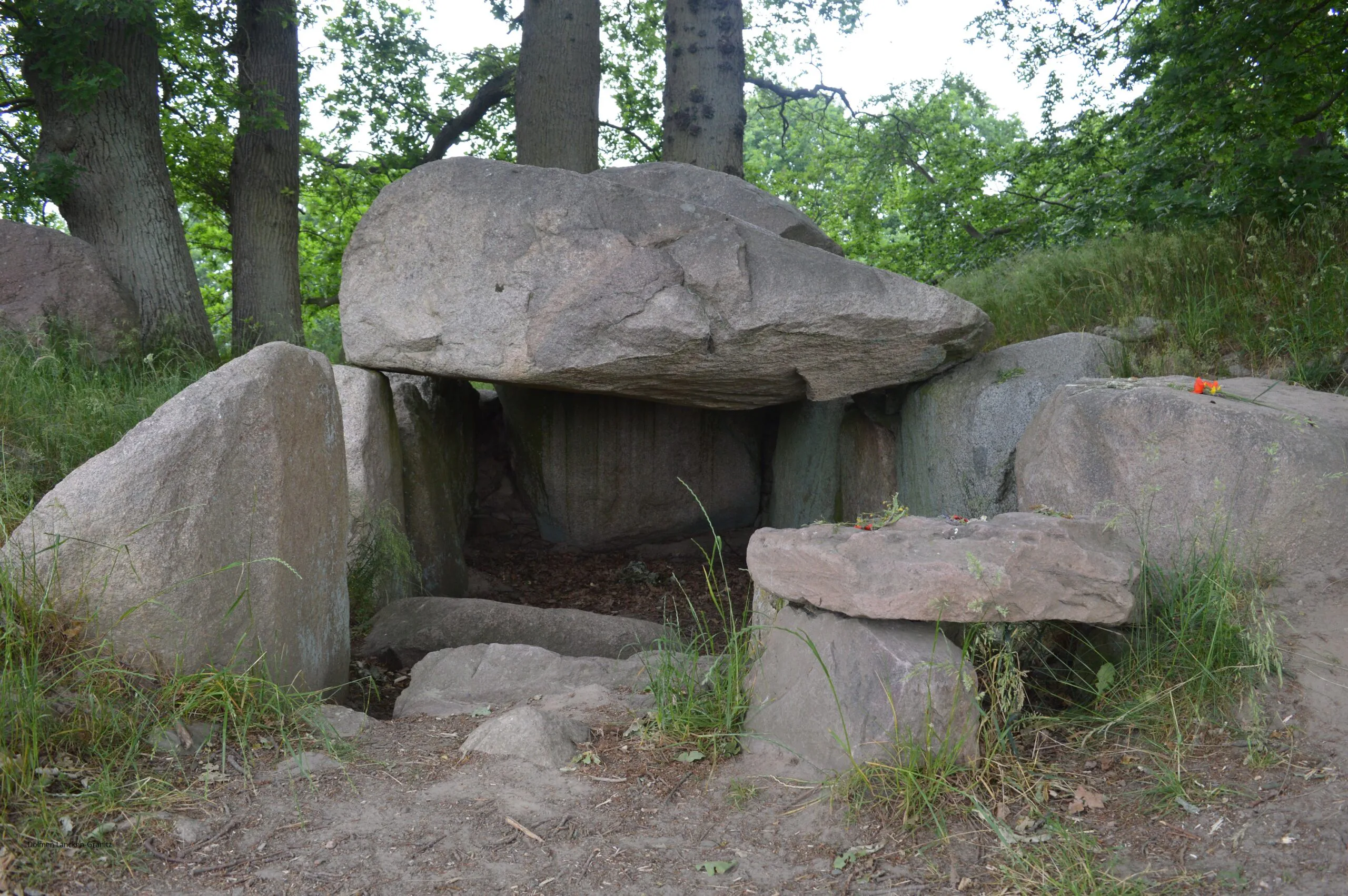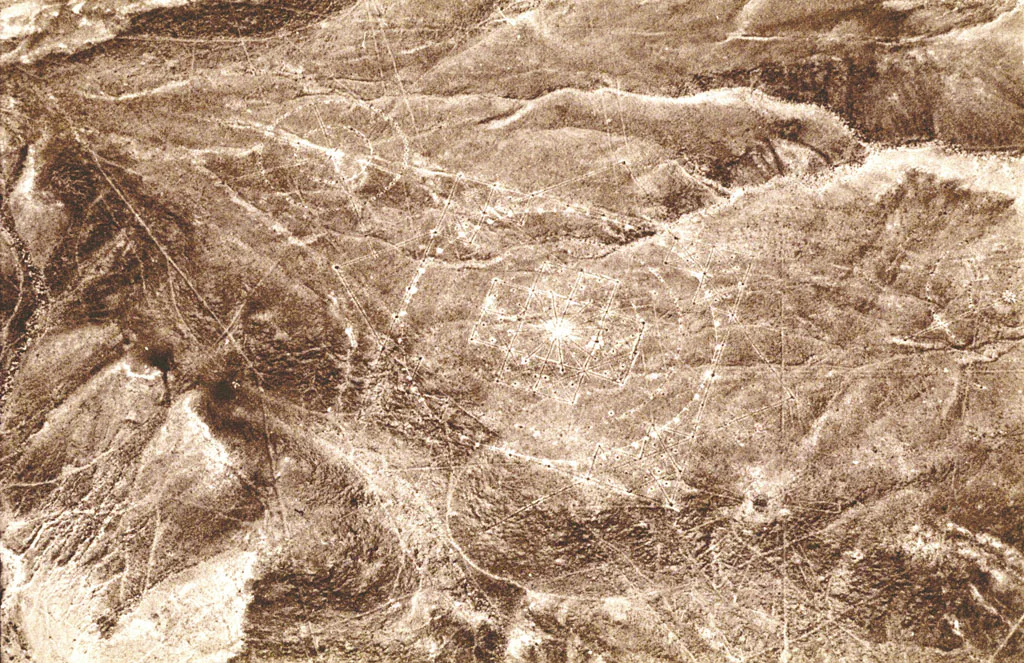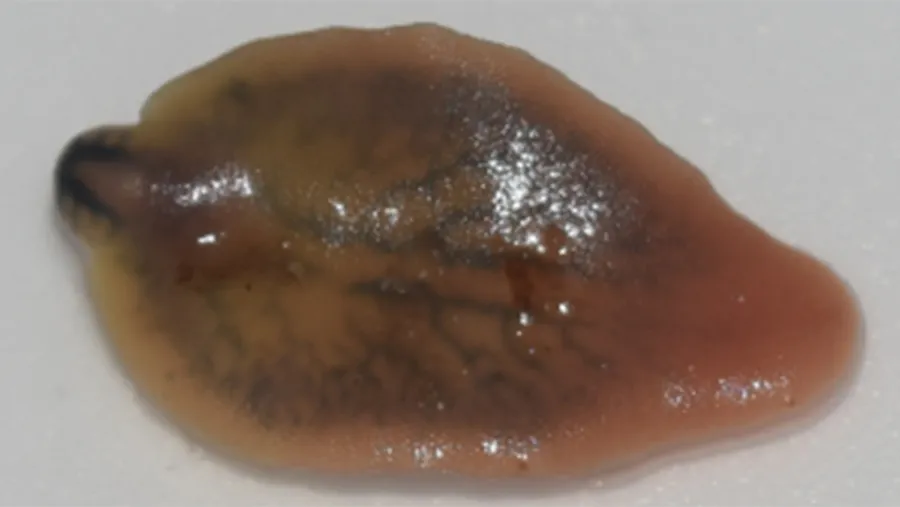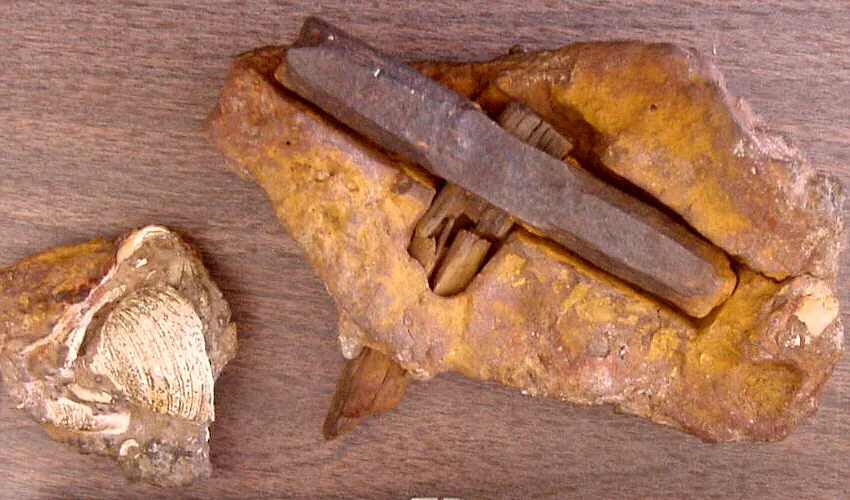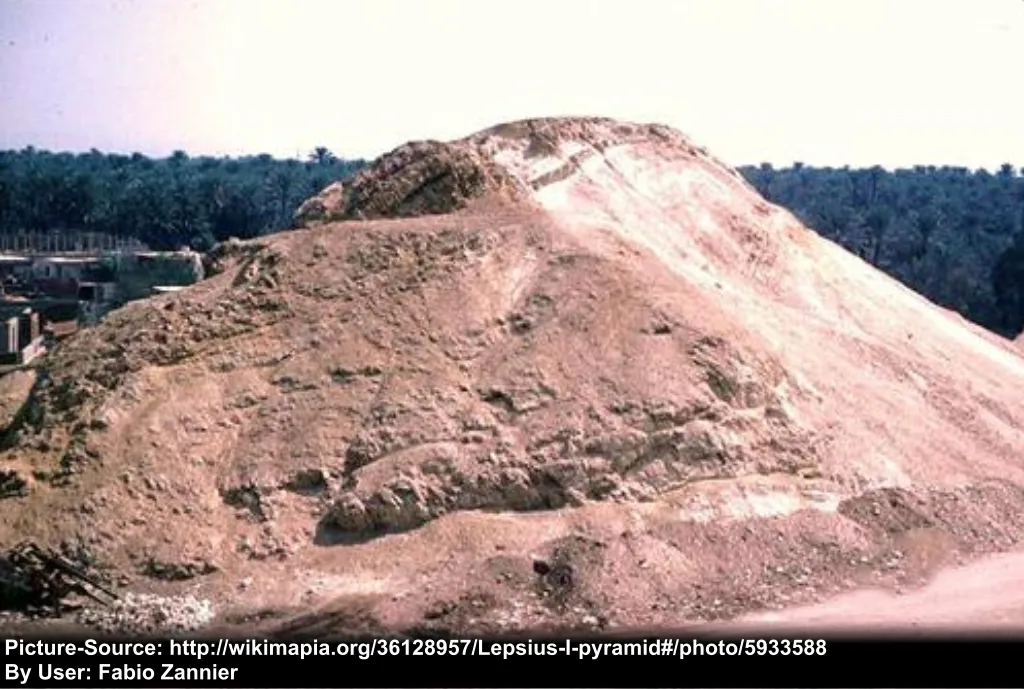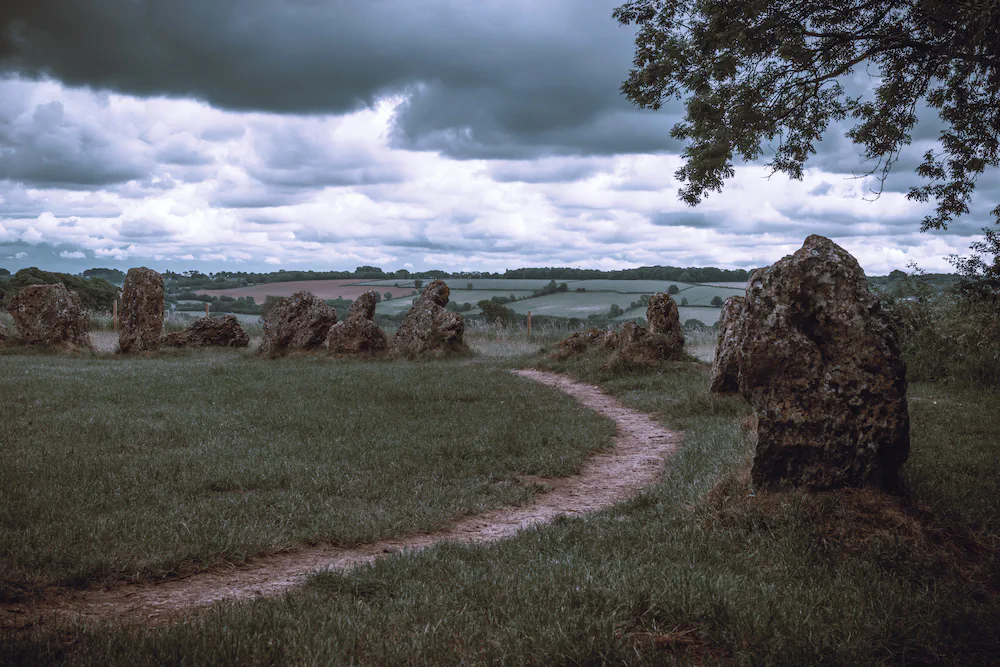Easter Island
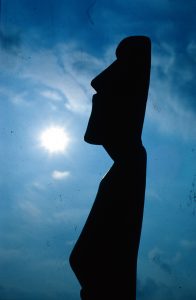 Real X-File ID: 966
Real X-File ID: 966
Report Date: 09/10/2016
Country: Chile
Place: Easter Island, Chile
Fingerprints: Traces of ancient advanced engineering-skills
Existing Facts Sources: Pictures that obviously proof advanced engineering-skills or any other anomaly or strange behaviour, Book
Summary Report:
Easter Island (Rapa Nui) is an isolated island in the southeast Pacific Ocean. Easter Island belongs politically to Chile, but geographically to Polynesia. It is located south of the Tropic of Cancer. The main town of Hanga Roa is 3526 km from the Chilean coast (or 3833 km in exact east direction to the coast) and 4251 km from Tahiti. The nearest inhabited island is Pitcairn to the west, at a distance of 2078 kilometers. Easter Island has approximately the shape of an equilateral right triangle with a maximum length of 24 km, a maximum width of 13 km and an area of 162.5 square-kilometers. The landscape is characterized by its volcanic origin and consists mainly of the three volcanoes Rano Kao in the southwest, Poike with its main peak Maunga Puakatiki in the east and Maunga Terevaka in the north as well as their more than 70 secondary craters, some eroded beyond recognition.
Experts still disagree about how and when the first people populated the island and whether the island may not have been inhabited in prehistoric times. The Norwegian botanist and explorer Thor Heyerdahl (and many others) has documented that cultural similarities exist between Easter Island and South American Indian cultures. He has suggested that this most likely came from some settlers arriving from the continent. According to local legends, a group of people called hanau epe (meaning either “long eared” or “stocky” people) came into conflict with another group called the hanau momoko (either “short-eared” or “slim” people). After mutual suspicions erupted in a violent clash, the hanau epe were overthrown and nearly exterminated, leaving only one survivor. Various interpretations of this story have been made – that it represents a struggle between natives and incoming migrants; that it recalls inter-clan warfare; or that represents a class conflict.
The island is most famous for its nearly 1,000 extant monumental statues, called moai, which were supposedly created by the early Rapa Nui people. The moai do not stand isolated, but are part of a ceremonial complex similar to those known from other areas of the South Pacific as marae. Nevertheless, the installations of Easter Island are unique in that they far exceed in size all other structures of the South Seas. At first glance, the appearance of the exclusively male statues is uniform. The oversized head, one third of the entire figure, is finely sculpted. Beneath deep-set eye sockets, a large, carefully formed nose dominates the face. A broad, advanced chin complements the closed overall impression. The ears with their elongated earlobes are remarkable. Occasionally, the ear peg is also depicted. The figures are torsos, ending just below the navel. The lower body is not fully sculpted. A closer look reveals the changing posture of the conscientiously sculpted hands covering the lower abdomen with unnaturally elongated fingers. Despite extensive research, the actual purpose of the statues and the exact time of their construction is still disputed. Experts now suggest that the figures are not images of deities. It is now believed that the moai represent famous chiefs or universally revered ancestors who acted as a link between this world and the next. In Hawaii, there is a similar-sounding word moi that refers to particularly high-ranking persons at the top of the social and religious pyramid of Hawaiian society. The carving technique as well as the transport are also still debated among scientists. Various methods have been experimentally reproduced, both the horizontal transport with rollers, with wooden tracks or with sledges, as well as the upright transport in a beam corset or by swinging movements generated with ropes, during which the moai “walk”. In principle, all methods have proven to be feasible. But no one has yet been able to present definitive proof of the correctness of one or the other method. In his Book “Zurück zu den Sternen” Erich von Däniken writes: “… After my own reflections on the spot, I think I may say that the hand-wedge theory will hardly hold its own in the long run in view of the literally “hard” facts. I was quite ready to check off an unsolved riddle on my long list as solved after Heyerdahls successful experiment. But when I stood in front of the lava wall in the crater Rano Raraku, I left the question mark on my list after all. I measured the distance from the lava to individual statues and came up with gaps of up to 1.84 meters, stretching almost 32 meters in length. The uncovering of such huge lava chunks could never have been done with small primitive stone fist wedges!…” and Erich von Däniken continues: “… The hand-wedge theory may be applicable for some smaller statues, which were created in a time closer to us – but in my conviction and in the opinion of many Easter Island visitors it can in no case be accepted for the exposure of the raw material from the volcanic rock for the giant statues…”.
Also, Easter Island s RongoRongo script is still a mystery to science. There have been some small advances in the decipherment of the script so far and meanwhile it is undisputed that it is not a hieroglyphic script, in which the characters directly confront real objects, but consists of ideograms, i.e. characters that represent a whole concept. In 1885, the French sinologist Albert Etienne Jean-Baptiste Terrien de Lacouperie noticed similarities between characters on the seals of Mohenjo-Daro (Indus script) and glyphs of the Rongorongo script. The transfer of writing, as the Indian historian N.M. Billimoria, claimed, was due to trading voyages of the Panis or Vaniks, a legendary people mentioned in the Rigveda. The theory was taken up by several other linguists and ethnologists and was very popular until the 1930s, but is unfortunately not (or no longer) pursued today because the temporal and geographical distances between the two cultures are too great, according to some experts. Then, in 1995, the American Steven Fische published the consideration that the signs of the Santiago staff reproduce an orally transmitted text called “Atua mata riri”, a recitation that Thomson had recorded in 1886 after an oral rendition by an islander. If Fischers theory is correct, we are able to interpret the content of a written testimony, but we are still far from being able to read the Easter Island script in the form of complete sentences with all grammatical particles (if this will ever be possible).
Likewise, the whole Easter Island is littered with characters and indistinct symbols. Also in his Book “Zurück zu den Sternen”, Erich von Däniken mentions the following: “… Characters and indistinct symbols are also written on the petroglyphs, on these large inscribed and inscribed stone slabs that lie spread out like carpets on the islands beach. Some of these torn and jagged slabs have areas of 20 square meters. They lie wherever the ground is reasonably level. On these stone carpets you can see fish, indefinable-embryonic creatures, sun symbols, spheres and stars. To make the drawings clearer to us, Mayor Ropo traced the lines with chalk. I asked him if anyone knew how to interpret the signs. No, he said, already his father and his grandfather could not tell him anything more about it. He himself suspects that the petroglyphs contain astronomical information. Also all temples of the island had been aligned after the sun and the heavenly bodies. Finally, the excursion to Easter Island got a special punch line! Mayor Ropo led us to the beach and showed us a stone egg amazing in its proportions. While we walked around the stone relic, he explained to us that the tradition of the Rapanui people says that this egg was originally located in the center of the sun temple, because the “gods” came to them from an egg…”.
Easter Island is one big question mark. How was the island originally settled, especially since it is so far away from all other land masses (several thousands of kilometers)? How were the moais made and transported all over the island and what was their original purpose? Also the Rongorongo script, despite similarities to other scripts, could not be deciphered conclusively so far. What secrets are hidden in the undecipherable texts? What is the meaning of the petroglyphs found on many stones on the island? Could the legend of the great stone egg on the beach of Easter Island be another clue to the great teachers who once descended from heaven, as reported in so many other ancient cultures around the globe? Questions upon questions, and only further research can possibly provide us with possible answers.
Google Streetview: Google Streetview
Links:
Facts Source Details:
Details of Book: Grüsse aus der Steinzeit, Zurück zu den Sternen,Erich von Däniken,Kopp Verlag, Kopp Verlag,08/01/2010, 04/01/2015
Pictures:
